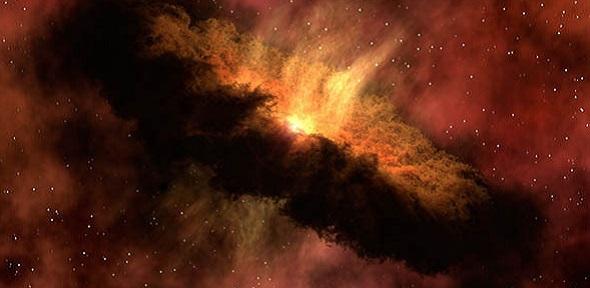- 1 The Part IB Earth Sciences B course deals with the subsurface processes of the lithosphere and asthenosphere, tackling big topics such as the origin and composition of the rocky planets, the differentiation of the Earth and understanding the dynamic processes that change and transport material inside our planet such as melting, metamorphism and convection.
- 2 Introduction
- 3 The Origins of the Earth
- 4 Mineralogy and Crystallography
- 5 Igneous Processes and Volcanism
- 6 The Form and Dynamics of Earth's Interior
- 7 Metamorphic Processes and Mountain-building
- 8 Case Studies

The Part IB Earth Sciences B course deals with the subsurface processes of the lithosphere and asthenosphere, tackling big topics such as the origin and composition of the rocky planets, the differentiation of the Earth and understanding the dynamic processes that change and transport material inside our planet such as melting, metamorphism and convection.
Introduction
The course covers all aspects of hard-rock petrology—from the depths of the mantle to the highest mountain peaks, from mineral lattices at the atomic scale to the rocky planets of our solar system, from hot mantle plumes causing extensive mantle peridotite melting to cold slab subduction driving the slow metamorphism of oceanic crust. All aspects of the course are interlinked, creating a web of understanding by the end of the year.
The IB Earth Sciences B course draws upon concepts from the physics, chemistry, and materials courses that you may have taken. However, only knowledge of Part IA Earth Sciences is assumed. In exceptional cases it may be possible to read Part IB Earth Sciences without having read Earth Sciences at Part IA, but this needs careful discussion with the course coordinator and your college Director of Studies.
Students should be aware that course choices in Part IB could affect options in Parts II & III.
Full details of the course are available in the .
The sections below give an overview of each module taught within the IB ESB course.
The Origins of the Earth
We'll find out how the Earth began through exploring its chemical history. When and how did the cocktail of elements that make up the Earth form? And how did this evolve into the planet we know today? These questions lead us to explore melting and crystallisation of rocks and to investigate how key elements give further clues to the origin of the mantle and the crust.
Mineralogy and Crystallography
Learning the processes at the atomic scale that underpin crystal structure is a vital tool for microscopic examination of rocks and minerals. The suite of minerals that compose igneous and metamorphic rocks is studied, and physical and chemical transitions between them explored.
Igneous Processes and Volcanism
Igneous rocks offer a window on processes going on below the Earth's surface. By understanding the genesis of igneous rocks from various volcanic settings, models for production of magma at spreading ridges, hotspots and subduction zones are devised.
The Form and Dynamics of Earth's Interior
We investigate the evidence available to tell us about the form and nature of the different layers of our planet. We can reconstruct the composition, temperature and pressure structure of the core and mantle and in doing so understand the deep workings of mantle convection and plate tectonics.
Metamorphic Processes and Mountain-building
Crustal processes that form metamorphic rocks can operate during the evolution of mountain belts. By understanding the microscopic controls on mineral growth, reaction and deformation, we learn how to interpret rock textures, and diagnose the pressure and temperature conditions under which they formed.
Case Studies
Throughout the course, igneous and metamorphic processes are illustrated in a series of case studies from different parts of the world. The Himalayas are used to explain the origins of mountain belts and the interaction of tectonics and metamorphism, while the western USA, including Mount St. Helens and the Cascades, provides an explanation of the relationship between active volcanoes and their underlying magma chambers.
